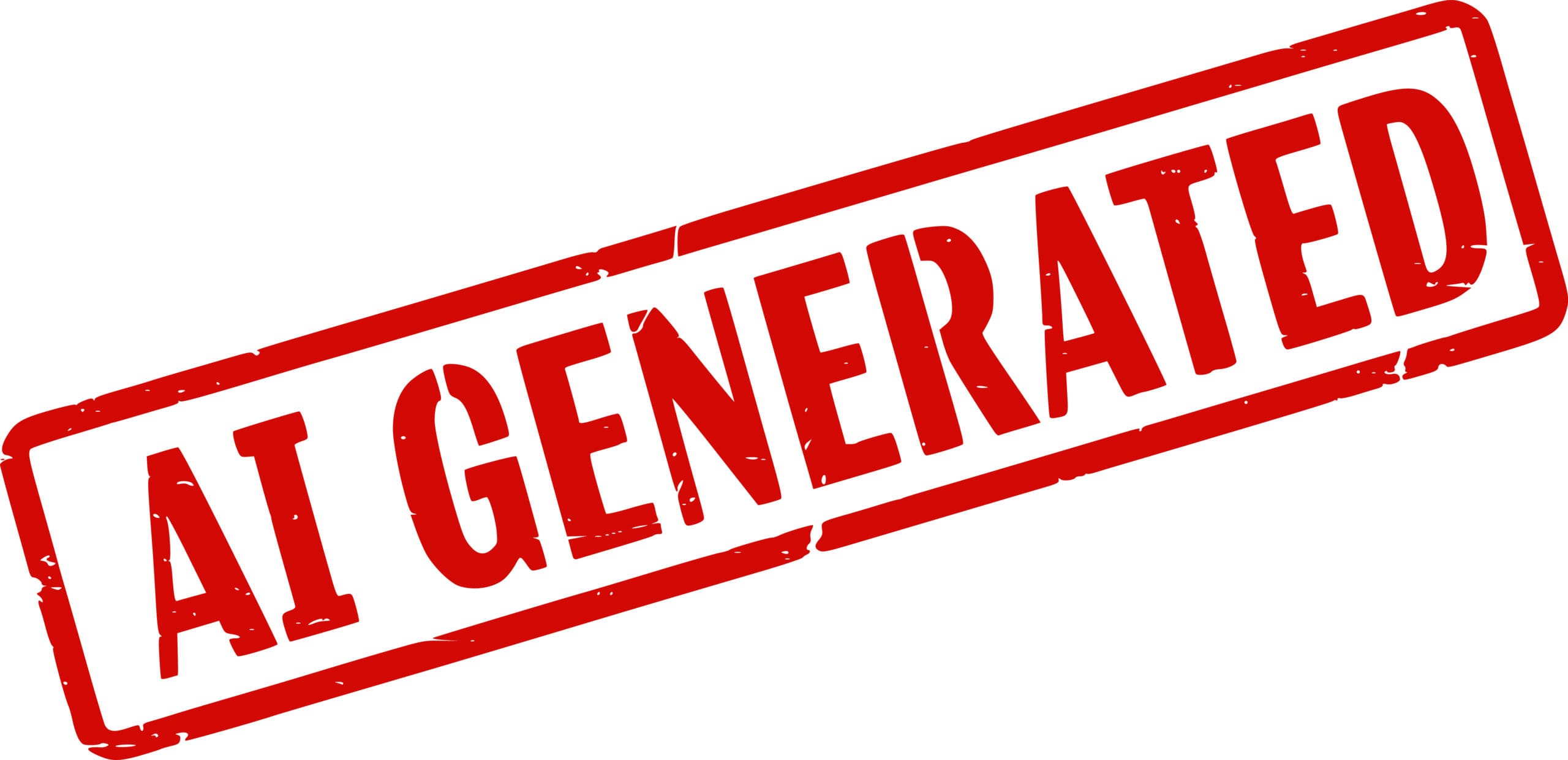100% Satisfaction Guaranteed
We offer a total mugshot removal solution to remove your mugshot and arrest details from the internet once and for all.

Table of Contents
Imagine opening a government website to check court information or verify an identity — and a photo begins loading.
You wait a few seconds.
The face on the screen looks familiar, but older. Different. Almost too different.
That’s because AI has learned to age mugshots.
Law enforcement agencies around the world are now using artificial intelligence to simulate how suspects might look years after their original booking. Tools like Clearview AI and Idemia analyze outdated images, predict aging patterns, and update facial databases in real time. Once verification is successful, waiting for results takes only seconds. What used to be manual form progress — opening records, clicking through case files, saving form progress mid-search — is now fully automated.
But for every advancement in accuracy, a new ethical challenge emerges. What happens when technology modifies human faces faster than the law can respond?
A mugshot isn’t just a photograph. It’s a historical document — a visual record tied to the moment of arrest, the court proceeding, and the public record of law enforcement.
For decades, these images have served as the foundation of criminal identification. They help investigators verify identities and support security systems across jurisdictions. Yet mugshots also carry deep personal and reputational weight. Once they appear online, even on official government websites, they often linger indefinitely — loading in search results long after a person’s case has closed.
This creates a problem, both technical and human. Outdated mugshots erode accuracy, and in doing so, erode trust in the institutions responsible for maintaining them.
Traditional mugshots quickly become unreliable.
A person’s appearance changes — aging, hair, expression, and physical condition. Over time, facial features drift away from the data stored in databases. When systems rely on decades-old photos, they risk false positives or missed matches.
In practice, this means a court proceeding could depend on an image that no longer represents the human being involved. For law enforcement, even a few seconds of delay during verification or image review can compromise a critical security connection.
Artificial intelligence now fills that gap. Through machine learning and generative adversarial networks (GANs), AI can simulate how a face might appear years later — smoothing wrinkles, restoring clarity, and updating features with uncanny precision.
These algorithms manage “right” and “arrow” slideshows of comparison photos, aligning aged images with real-time camera data. They handle tasks like background removal, lighting adjustment, and inpainting, reconstructing missing details without human intervention.
When verification is complete, users often see “Verification successful, waiting…” flash briefly before updated results appear. This process — once a bureaucratic maze of forms, clicks, and manual entries — now runs in seconds.
But efficiency has a cost. Every AI-driven connection introduces new vulnerabilities: privacy breaches, data misuse, and bias in algorithmic training.
The law hasn’t caught up. While these systems are transforming how agencies save from progress and manage notification subscriptions, few regulations clearly define who controls the output.
Should AI-modified mugshots be admissible in court?
Should citizens have a right to review, respond, or request correction of their digital likenesses?
Governments are starting to ask these questions. Under the EU AI Act, systems like automated facial recognition are classified as high-risk applications. U.S. agencies are exploring similar guidelines for biometric verification that require all results to undergo a human review before use in legal proceedings.
Still, the line between innovation and intrusion remains thin.
Even the most advanced AI system cannot replace human judgment. Verification is only as good as the people overseeing it. A secure connection, a verified ID, or an “open” record still requires someone to click, review, and confirm its accuracy.
Security experts warn that when data flows too seamlessly — when the process feels instant — accountability fades. A few seconds of loading can hide years of bias built into the model.
And yet, despite the concerns, the drive for faster, cleaner digital records continues. Mugshots, once symbols of punishment, are now treated as evolving data points — continuously updated, continuously optimized, and constantly questioned.
AI-enhanced mugshots are redefining how societies handle identification, security, and privacy. Real-time updates are already improving cross-platform investigations — connecting social media, surveillance footage, and government databases in ways that once took days.
But with every connection comes risk. The next step isn’t just to innovate — it’s to slow down, double-check, and ensure each verification step passes human review before proceeding.
The goal isn’t speed. Its accuracy.
And in this race between form progress and ethical progress, a few seconds of reflection might make all the difference.
Mugshots were never meant to evolve, yet AI insists they must.
Technology has made it possible to click, load, and refresh a face in real time. But justice — and humanity — still depend on something slower: the deliberate, careful act of verification.
We offer a total mugshot removal solution to remove your mugshot and arrest details from the internet once and for all.